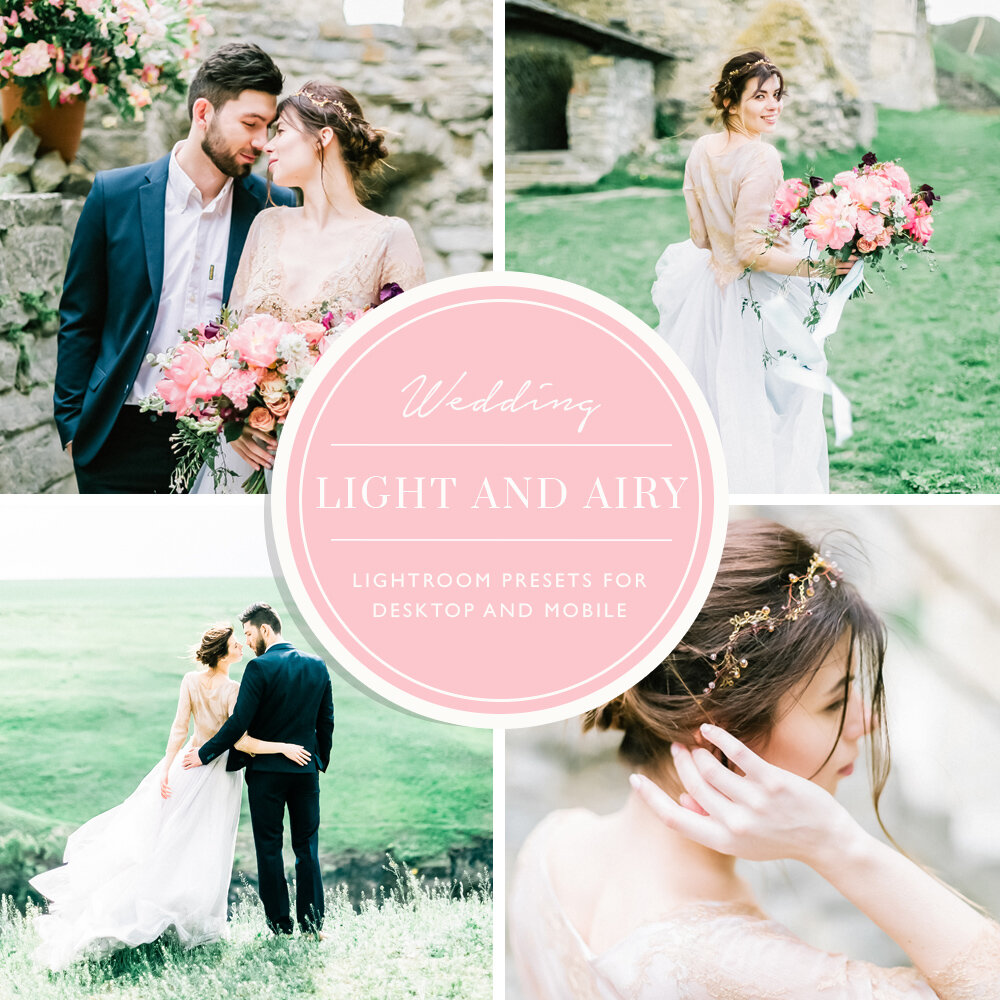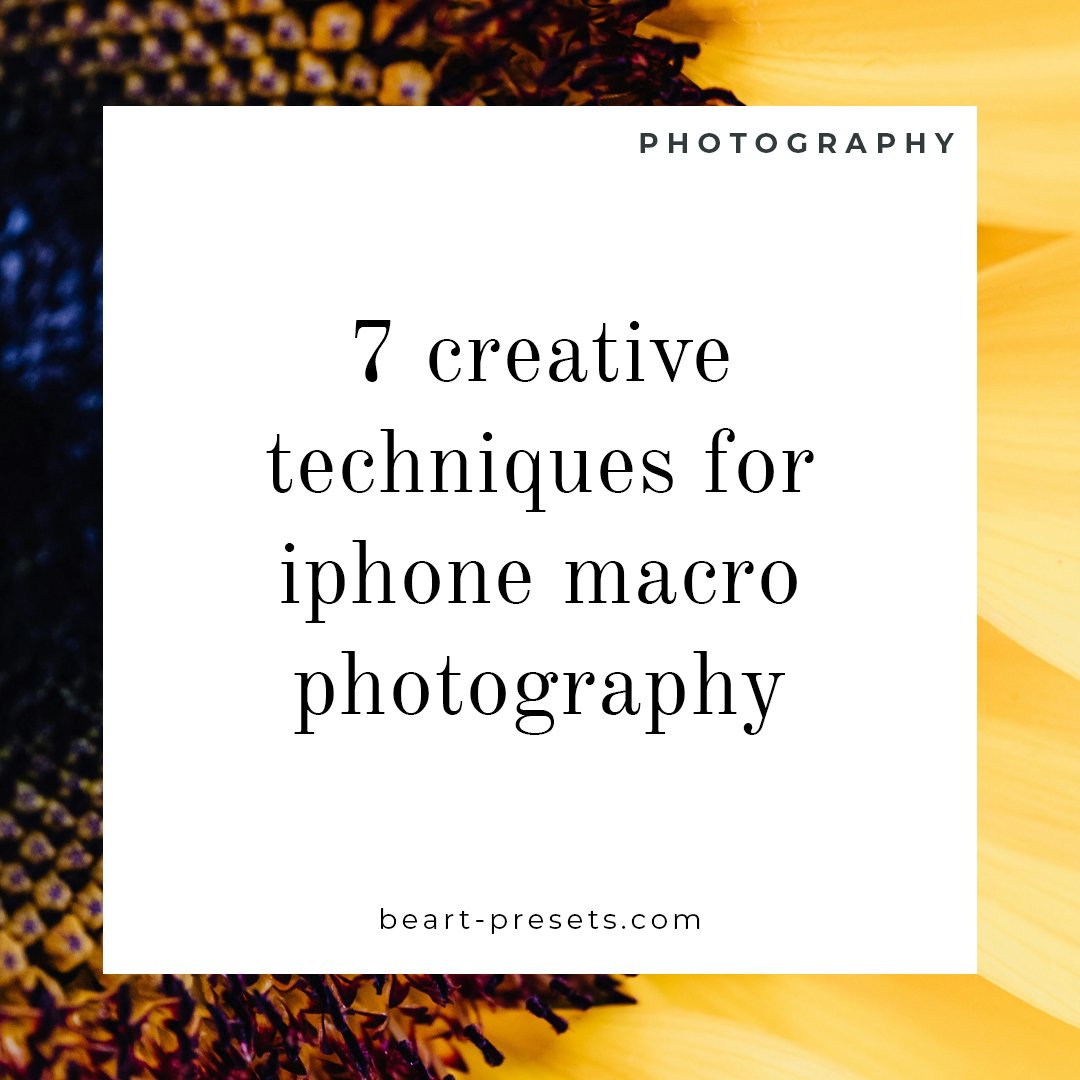Tamron 28-75mm G2 vs Sigma 24-70mm Art: Which Is Best for Sony?
So you're in the market for a versatile zoom lens to pair with your Sony mirrorless camera, but can't decide between Tamron's popular 28-75mm f/2.8 Di III RXD G2 or Sigma's highly-rated 24-70mm f/2.8 DG DN Art.
Both offer a useful wide-angle to short-telephoto range, fast constant aperture, and stellar image quality for the price. But which one is the better choice for your needs?
Read on as we compare these two leading mid-range zooms to help determine if the Tamron's extra reach and value or the Sigma's wider view and tank-like build make it the best fit for your style of shooting. By the end of this guide, you'll know which of these highly-capable lenses deserves a place in your camera bag.
Introducing the Tamron 28-75mm F/2.8 Di III RXD and Sigma 24-70mm F/2.8 DG DN Art
When it comes to high-quality zoom lenses for Sony full-frame mirrorless cameras, two of the top contenders are the Tamron 28-75mm F/2.8 Di III RXD and the Sigma 24-70mm F/2.8 DG DN Art. Both offer fast f/2.8 constant apertures, weather sealing, and high performance optics. But which one is right for you?
The Tamron 28-75mm is the more compact and lightweight of the two. Weighing just 19.4 ounces, this lens won’t weigh down your Sony a7 III or a9. It’s also more affordable, typically running a few hundred dollars less than the Sigma. The Tamron’s focal range starts at 28mm, which may be wide enough for some shooters. However, if you need to go wider, the Sigma’s 24mm reach could make a big difference.
In terms of image quality, both lenses produce stunning results with sharp details, nice bokeh, and minimal distortion. The Sigma does have a slight edge, with higher sharpness and contrast. It also has a more durable build, though at 31.5 ounces, it is notably heavier.
For low light and action shots, the fast autofocus and F/2.8 aperture on either lens will serve you well. The Tamron focuses a bit quicker, making it better for moving subjects. But the Sigma’s superior optics may result in slightly better bokeh and subject isolation.
In the end, you can’t go wrong with either of these lenses. If you want the lightest, most affordable option, the Tamron 28-75mm is hard to beat. But if the highest image quality and most solid build are top priorities, the Sigma 24-70mm Art is worth the splurge. The choice comes down to your needs, preferences and budget.
Sharpness and Image Quality Comparison
When it comes to sharpness and image quality, these two lenses are closely matched. Both produce tack sharp images with stunning clarity and color.
Sharpness
The Tamron is razor sharp throughout its focal range, even wide open at f/2.8. The Sigma is equally sharp in the center of the frame, though some slight softness may appear in the corners when shot wide open. Stopping down to f/4-5.6 eliminates this and yields edge-to-edge sharpness. In real world use, the difference is negligible.
Chromatic Aberration
Both lenses exhibit very well-controlled chromatic aberration. You may notice some slight color fringing in high-contrast areas of an image, but it's easily fixed in post-processing. For most shooting, you won't even notice it.
Vignetting
The Tamron displays moderately heavy vignetting (dark corners) at 28mm f/2.8, though this cleans up by f/4. The Sigma shows slightly less vignetting at 24mm f/2.8. Again, stopping down a bit or correcting in-camera or in post will address this.
Flare Resistance
With their complex optical designs and special coatings, both lenses do an admirable job of reducing flare and ghosting. You really can't go wrong with either when shooting in bright, contrasty conditions.
Overall, whether you choose the Tamron 28-75mm f/2.8 G2 or the Sigma 24-70mm f/2.8 Art, you'll get a lens that delivers professional-grade image quality, with razor sharpness, beautiful colors, and few optical flaws. Both are fantastic options for Sony shooters wanting a high-performance standard zoom.
Autofocus Performance
When comparing the autofocus performance of these two lenses, there are a few factors to consider:
Speed and Accuracy
The Tamron 28-75mm G2 uses an ultrasonic motor for fast, near-silent autofocusing. The Sigma 24-70mm Art features a hypersonic ring motor with an updated algorithm for speedy focus. Both lenses are very fast at locking onto subjects, with the Tamron having a slight edge.
In terms of accuracy, the Tamron 28-75mm G2 and the Sigma 24-70mm Art are on par with each other. They swiftly latch onto subjects with precision, even in low light. The advanced optics and wide aperture of these lenses allow a good amount of light to reach the sensor, which aids the autofocus system.
Focus Modes
The Tamron 28-75mm G2 and Sigma 24-70mm Art offer full-time manual focus override so you can fine-tune focus manually after autofocusing. They also have an autofocus limiter switch to improve performance over a select focus range. Additional modes like continuous autofocus (AF-C), single autofocus (AF-S) and direct manual focus (DMF) are available on both lenses.
Compatibility with Sony Cameras
Since these are lenses designed for Sony full-frame mirrorless cameras, their autofocus systems are optimized to work with Sony autofocus technologies like:
Fast Hybrid AF with focal-plane phase-detection AF points for quick subject tracking
Eye AF for sharp focus on a subject's eyes
Lock-on AF to track moving subjects
Real-time AF tracking
Overall, you really can't go wrong with either lens in terms of autofocus performance. They both deliver speedy, precise focus thanks to their advanced optics and compatibility with Sony autofocus features. The Tamron 28-75mm G2 does have a slight edge in speed, but the Sigma 24-70mm Art is still highly capable. For most shooting needs, you'll find the autofocus on these lenses fast and accurate.
Build Quality and Handling
When comparing the build quality and handling of the Tamron 28-75mm f/2.8 Di III RXD G2 and the Sigma 24-70mm f/2.8 DG DN Art, there are some differences to consider.
Weather Sealing
The Tamron 28-75mm G2 features weather sealing, including a moisture-resistant construction and a fluorine coating on the front element to help repel water and oil. This makes it suitable for shooting in adverse weather conditions. The Sigma 24-70mm Art does not have an official weather sealing rating, so you'll want to be more careful using it in rain or snow.
Lens Body
The Tamron 28-75mm G2 has a plastic lens body, while the Sigma 24-70mm Art has an aluminum alloy body, so the Sigma may feel more rugged and durable. However, the Tamron still feels solid and high quality for the price.
Focus Ring
The Tamron 28-75mm G2 has a wide, ribbed focus ring that is easy to grip and turn. The focus ring on the Sigma 24-70mm Art is also generously sized but has a smoother texture that some may find harder to get a good grip on. The focus rings on both lenses turn smoothly and precisely.
Size and Weight
The Tamron 28-75mm G2 is more compact and lightweight than the Sigma 24-70mm Art. The Tamron weighs just 19.4 ounces, while the Sigma comes in at 28.4 ounces. The smaller size of the Tamron makes it more convenient for travel and all-day shooting. However, the Sigma may feel more balanced on larger full-frame Sony cameras like the a7R IV.
Overall, while the Sigma 24-70mm Art has some advantages in build, the Tamron 28-75mm G2 holds up well for the price and offers useful features like weather sealing and a lightweight, compact design ideal for travel and walkaround use. For Sony shooters looking for an f/2.8 standard zoom, either lens would be a great choice.
Which Is the Better Value for Money?
When deciding between the Tamron 28-75mm f/2.8 Di III RXD G2 and the Sigma 24-70mm f/2.8 DG DN Art, price is an important factor for many. While both lenses produce exceptional image quality for Sony E-mount cameras, the Tamron is typically a few hundred dollars cheaper.
Tamron 28-75mm f/2.8 Di III RXD G2
This versatile zoom lens covers a useful range for everyday photography and typically retails for around $900. It features moisture-resistant construction, fast autofocus, and optical stabilization. Image quality is superb for the price, with sharp details, pleasing bokeh, and low distortion. The compact size and lighter weight also make it a great walk-around lens.
Sigma 24-70mm f/2.8 DG DN Art
Sigma’s premium Art lens is usually priced around $800. It has a slightly wider angle of view at 24mm and is built like a tank with a metal body. Autofocus and image stabilization are also included. Optically, it’s one of the best standard zooms available for Sony with stunning clarity and color rendition. However, it is larger and heavier than the Tamron.
For many Sony shooters on a budget, the Tamron 28-75mm f/2.8 offers nearly the same performance as the Sigma 24-70mm f/2.8 Art at a significantly lower cost. Unless you absolutely need the Sigma’s wider 24mm coverage or more robust build, the Tamron lens represents a better overall value for the money. The several hundred dollars in savings could be put towards other gear like extra batteries, memory cards or a camera bag to carry it all.
In the end, you must weigh the pros and cons of each lens versus your needs and budget. But when it comes to value, the Tamron 28-75mm f/2.8 is hard to beat and a great choice for most photographers looking for an affordable fast standard zoom.
Conclusion
So which lens should you go for? At the end of the day, it comes down to your needs and budget. If you want an all-purpose zoom that delivers professional-grade quality at an affordable price, the Tamron 28-75mm f/2.8 is hard to beat. But if maximum sharpness and low light performance are top priorities and you don’t mind paying a premium, the Sigma 24-70mm f/2.8 Art may be worth the investment. Either way, you really can’t go wrong. These are two of the finest standard zooms available for Sony cameras. Whichever you choose, you’ll have a lens that helps you capture life’s moments in style. Now get out there and start shooting!
Get Free Presets for Lightroom created by top photographers to update your presets collection, save down on editing time, and open up new artistic horizons.



















